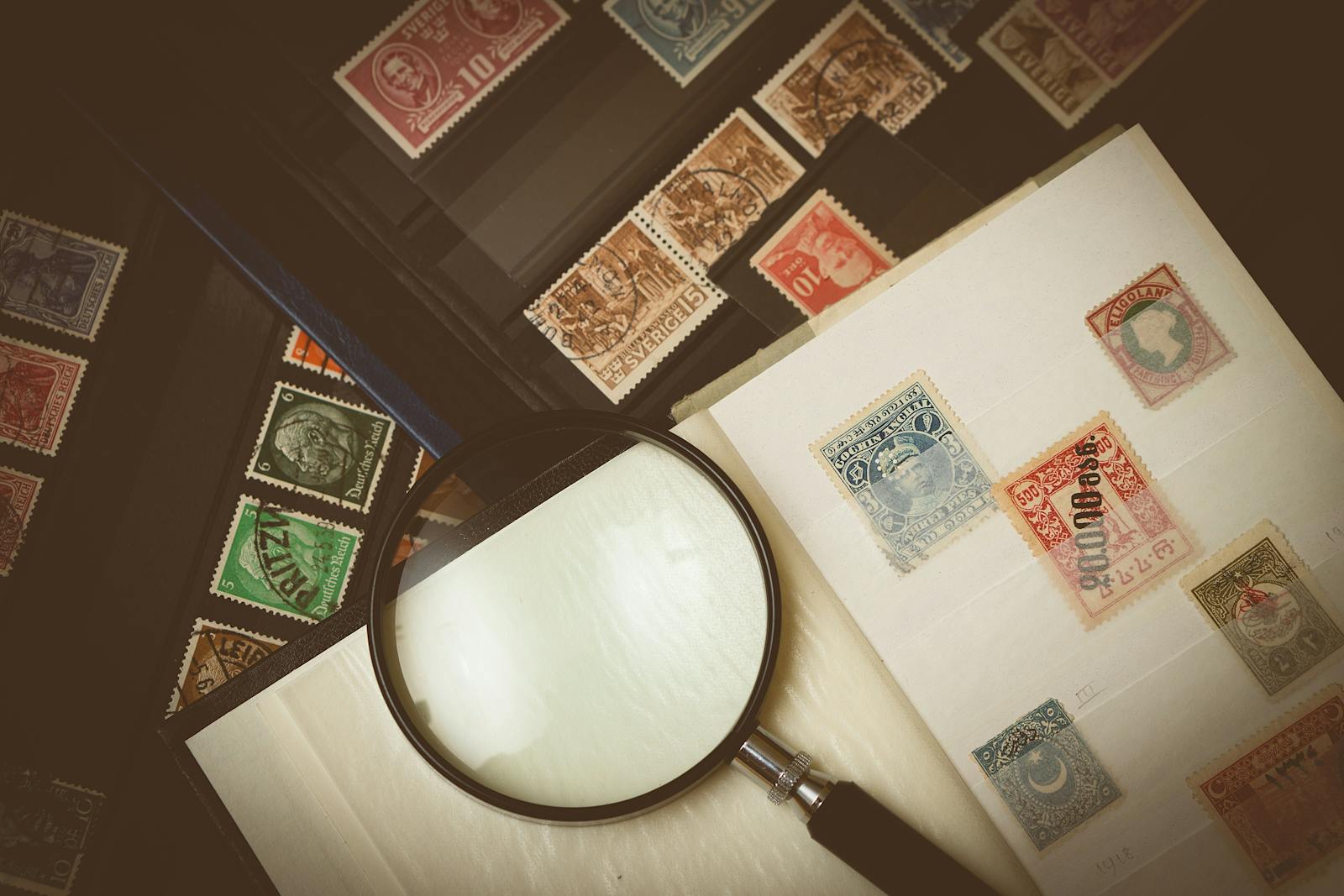Bargains Everyone Wants
Today, most people are looking for ways to save money, whether it’s on everyday essentials or occasional purchases. Discounted postage stamps catch the attention of small business owners, frequent mail-senders, and collectors alike. The possibility of getting genuine stamps for less is exciting – and tempting. But as with many seemingly easy deals, there’s much more going on beneath the surface. Behind the simple idea of cheap stamps, there’s a mix of honest sellers, clever con-artists, big dreams, and real risks.
The Big Picture: Understanding the Market
Forever USPS stamp collection is more than a hobby. It’s a substantial global business. Over recent years, it has grown as people’s interest in nostalgia, history, and unique discoveries increases. What makes it even more appealing is the sense of finding hidden gems. The digital world, with its many online platforms and lively social media spaces, offers both new opportunities and added dangers for those who seek discounted stamps.
The community consists of trusted traders and genuine collectors selling vintage or surplus postage at fair rates. Then, there is the darker side: counterfeiters exploit inexperienced buyers, presenting offers that are almost unbelievable. Postal authorities—from the United States and abroad—remind everyone that extreme discounts, especially on current “forever” stamps or suspicious bulk deals, signal warning signs of scams.
Real Deals: Where to Find Safe Discounts
It’s not all bad news, though. There are trustworthy places to find slightly cheaper stamps. Some established dealers, often associated with well-known stamp clubs or respected online shops, legitimately offer modest reductions. These are usually only a small percentage off the real value of stamps, often for older, rare, or surplus stamps obtained through estate sales or intricate collection trades.
For instance, in the UK, shops like DiscountedStamps.co.uk provide real Royal Mail stamps at minor discounts for customers buying in bulk. Many of these dealers hold great reputations for honesty and earn thousands of positive reviews. Large, authorized businesses—such as major chain stores—sometimes sell stamps at slightly reduced prices thanks to their volume transactions with national postal services. While the discount is never huge, these shops offer peace of mind and reliably genuine products.
What to Watch Out For: The Dangers of Fake Stamps
How Fake Stamps Enter the Chain
Counterfeit stamps are a growing problem, especially in countries like the US and UK. Online and on social media, there is a rising trend of scammers luring people with deals that offer stamps for far below real postage value, sometimes claiming up to 50% off. On the surface, these counterfeits can appear quite real. However, they lack the intricate designs and security measures now built into genuine stamps, like special fibers, hidden watermarks, and precise microtexts.
Getting involved with fake postage isn’t just embarrassing; it could be illegal. In the US, using counterfeit stamps could become a federal crime, possibly forcing the postal service to intercept, return, or destroy your mail. Criminal and civil penalties—including heavy fines or even prison—await those who cross certain lines.
Signs It’s a Scam
To avoid getting caught out by stamp scams, experts suggest double-checking offers. Deep discounts and hefty bulk sales outside official channels are big red flags. If a seller pushes a price too low, or asks for unusual payment options with no return policy, be on your guard. Established dealers are happy to explain where their items come from and can usually provide paperwork to prove authenticity—a good sign that you’re in safe hands.
Why Collectors Keep Hunting: Nostalgia and Investment
Discovering History, Saving Memories
For most collectors, stamp hunting is about much more than saving a few coins. It’s about the adventure involved in searching, finding rare or beautiful pieces, and connecting to another time. Some shops even emphasize this sense of journey—for example, describing their missions as reviving the “essence of the past.” Every collectible stamp, whether it depicts landmarks or vintage themes, tells its own short story.
Many stamp enthusiasts fall for the history, uniqueness, or even simple beauty of certain stamps. Classics, like the Penny Black or limited-edition releases, can fetch high prices, especially if kept in crisp, perfect condition. Others, like old loyalty stamps, bring back a flood of fond memories of shopping in decades past when consumers collected them in booklets.
Balancing Risks and Rewards
As attractive as discounted stamps can be, collectors know that the thrill can come with substantial hazard. The counterfeit market is tricky—even longtime hobbyists sometimes struggle to spot fakes. Investment-minded buyers must stay savvy; many experts say the safest route is building steady partnerships with official, long-standing stamp retailers. Reliable dealers earn trust through openness, close community relationships, and knowledge about shifting trends in stamp trading.
Looking Forward: Security and Trust in Mail
Upping Security Efforts
Mail services worldwide strive to keep fakes off the market by developing smarter stamps with security features that are tough to copy. Invisible fibers, embedded texts, and digital technologies have become everyday parts of modern stamp manufacturing. As more individuals mail parcels in a booming e-commerce era, secure stamps ensure that both buyers and senders can trust the postal system.
Government agencies are constantly playing catchup with counterfeiters, working harder year after year to make new fakes more difficult to create and use.
The Digital Trap
With the popularity of online shopping and marketplaces, more consumers are exposed to discounts—both safe and suspicious. Social networks and third-party websites sometimes let counterfeit sellers advertise deals that fool the average buyer with their impressive prices. Even after platforms crack down on obvious scams, careful buyers must watch out for the next trick or hustle.
Authorities strongly encourage buyers to report “too good to be true” deals and rely on officially approved providers for their mail needs.
Timeless Collecting in a Modern World
A Passion That Never Dies
Collecting stamps has remained an enduring tradition, less about money and more about fascination with history, stories, and design. The journey for bargains and vintage treasures gives joy to collectors of all ages—but also calls for caution. Trusted dealers and expert advice can go a long way toward a rewarding, worry-free experience.
Deals still exist, especially among respected sellers who curate impressive selections and provide genuine, traceable items from the past. For finding authentic bargains, it helps to remember two simple things: stay alert and stick to sources you know.
The Ongoing Story
The search for affordable stamps reflects bigger challenges facing hobbyists and institutions—in both security and tradition. It is a constant juggling act between finding real value and avoiding expensive mistakes. Ultimately, stamp collecting will continue to attract passionate people eager to discover new stamps. The best advice? Enjoy the adventure, seek the real thing, and always check before you buy.
“If the price is unbelievably low, think twice. Authentic stamps rarely come with huge discounts.”
“Somewhere out there, the perfect piece is waiting. Be sure it’s not a fake.”

